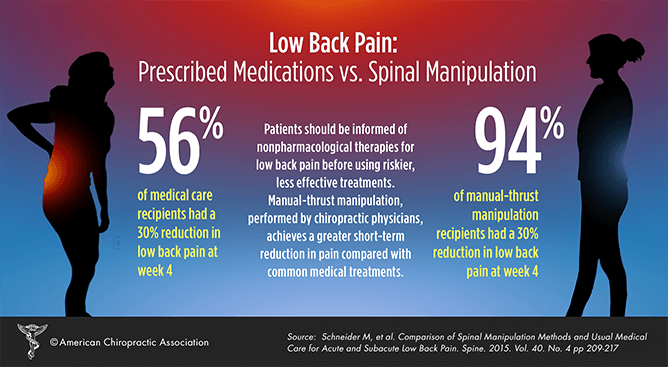Why Does Soft Tissue Treatment Hurt? Comprehending The Refine
Why Does Soft Tissue Treatment Hurt? Comprehending The Refine
Blog Article
Article Author-Holman Saleh
When you go through soft Tissue treatment, you could find it surprisingly unpleasant. This discomfort occurs as pressure is applied to stressful muscle mass and broken cells, causing your discomfort receptors. While it can really feel traumatic in the minute, there's a reason behind this sensation. Comprehending what occurs in your body during these therapies can assist you appreciate the process. So, exactly what is taking place under the surface?
The Physiology of Pain During Soft Tissue Treatment
When you undergo soft Tissue treatment, your body's reaction to discomfort is a complex interaction of physiological processes. As the therapist applies pressure, your body turns on discomfort receptors, sending signals to your mind. This causes the release of natural chemicals, such as compound P and glutamate, which amplify the feeling of pain.
Your muscles may additionally tighten in action, more complicating the experience. Furthermore, your body might launch endorphins, natural painkillers that can aid minimize some discomfort.
The communication in between these procedures can create a special experience for every individual. Comprehending this physiological response aids you browse the experiences during treatment, allowing you to value the balance between discomfort and the possibility for recovery benefits.
The Duty of Pain in the Healing Process
Although discomfort during soft Tissue therapy can feel frustrating, it plays a critical duty in the healing procedure. When you experience discomfort, your body is indicating that it's functioning to fix damaged cells. This reaction helps enhance blood circulation to the affected area, delivering vital nutrients and oxygen required for recovery.
Additionally, discomfort can advertise the release of endorphins, your body's natural painkillers, creating a feeling of alleviation post-treatment. Welcoming this discomfort can help you comprehend your body's restrictions and motivate you to deal with underlying concerns.
While it's uncomfortable currently, this procedure is necessary for long-term healing and enhanced feature. Recognizing https://www.middleeasteye.net/video/egypt-arrest-fake-chiropractor-who-duped-celebrities-sparks-media-frenzy as an important part of healing can equip you to remain committed to your therapy.
Tips for Handling Discomfort Throughout and After Treatment
Managing discomfort throughout and after soft Tissue treatment can substantially boost your total experience and healing.
To start, interact openly with your therapist regarding your pain levels; they can readjust methods appropriately. Using deep breathing methods can also aid you loosen up and relieve discomfort.
Consider using ice to the cured location post-session to lower inflammation and numb pain. Staying moisturized help in the recovery process, so consume lots of water.
Mild extending and light activity after treatment can promote blood flow and simplicity stiffness. Finally, ensure you get adequate remainder to allow your body to heal.
Carrying out these tips can make your soft Tissue treatment much more manageable and pleasurable.
Final thought
In conclusion, while soft Tissue therapy can be uncomfortable, it's essential to recognize that this discomfort plays an essential function in your healing journey. By comprehending the physical actions at play, you can come close to the therapy with a more positive state of mind. https://www.google.com/maps/place/Return+to+Play+Institute,+LLC+(Miami)/@25.726017,-80.26406,17z/data=!3m1!4b1!4m6!3m5!1s0x88d9b7b4207e8303:0xb1493a6e0d5a272b!8m2!3d25.726017!4d-80.26406!16s%2Fg%2F11lf8185yp?hl=en&entry=ttu&g_ep=EgoyMDI0MTAwOS4wIKXMDSoASAFQAw%3D%3D in mind, the preliminary pain typically gives way to alleviation as your body launches endorphins. Welcome the procedure, and don't wait to make use of the suggestions for managing discomfort to enhance your experience and healing.
